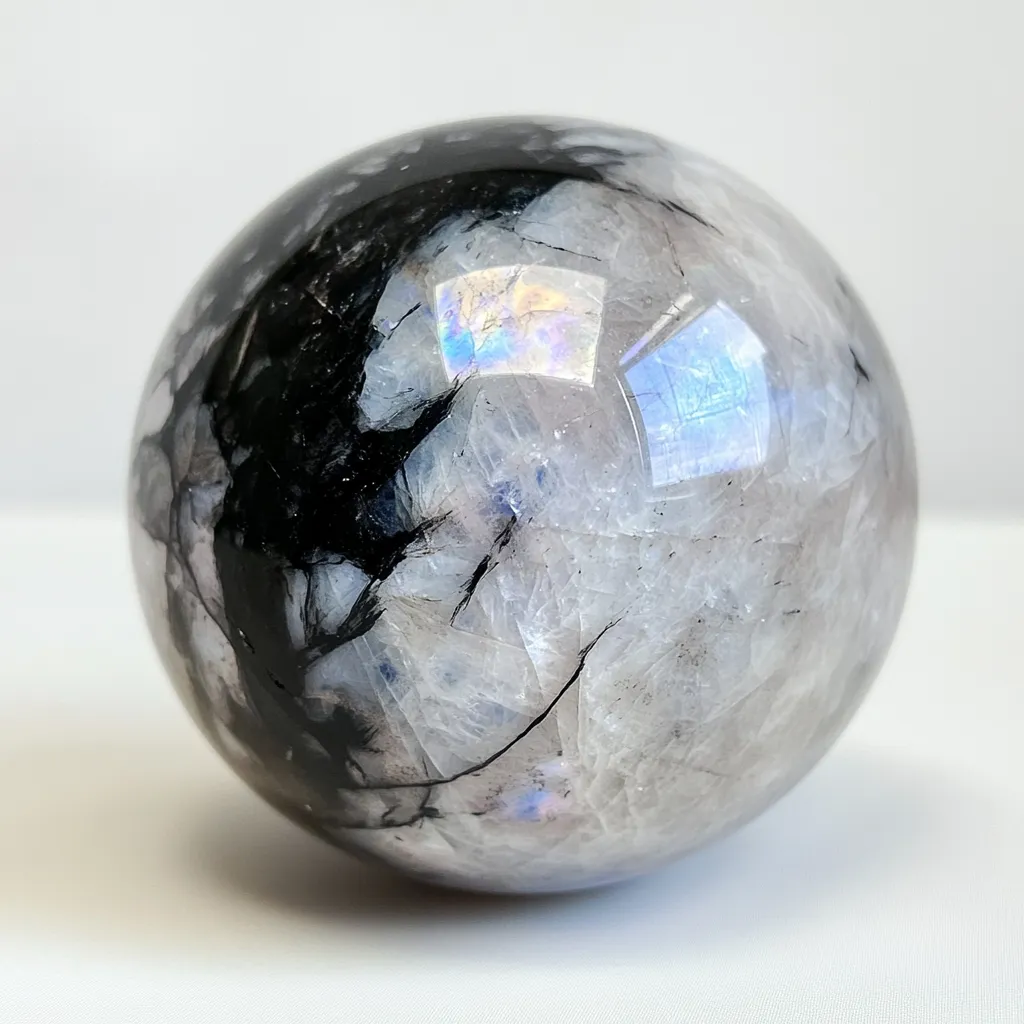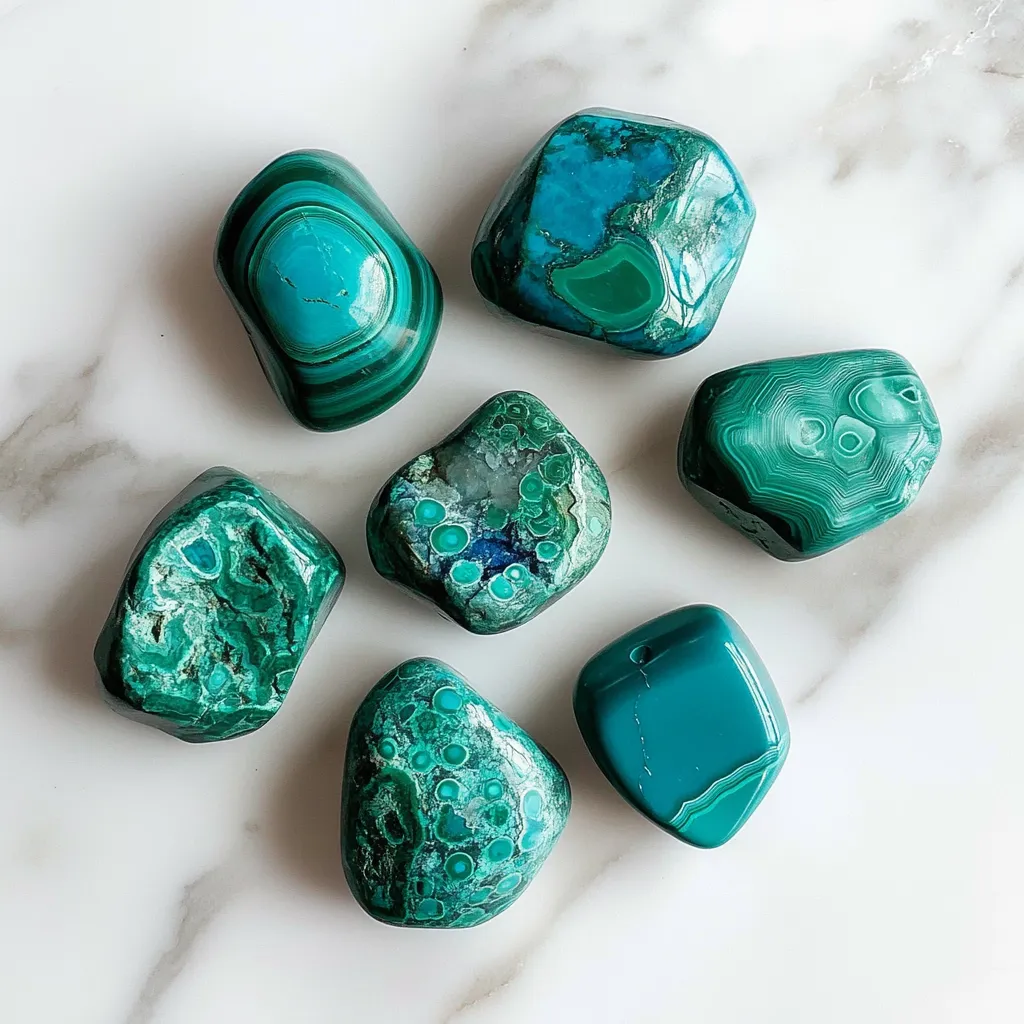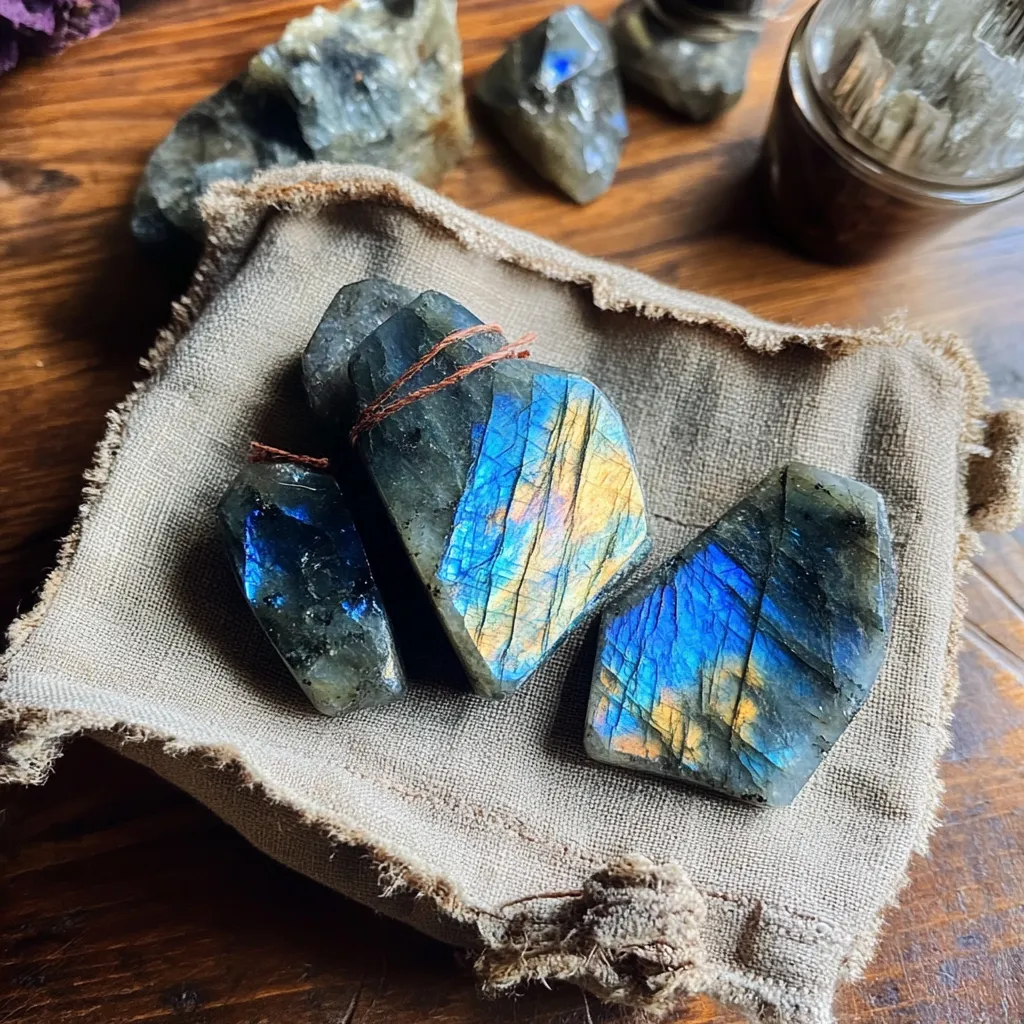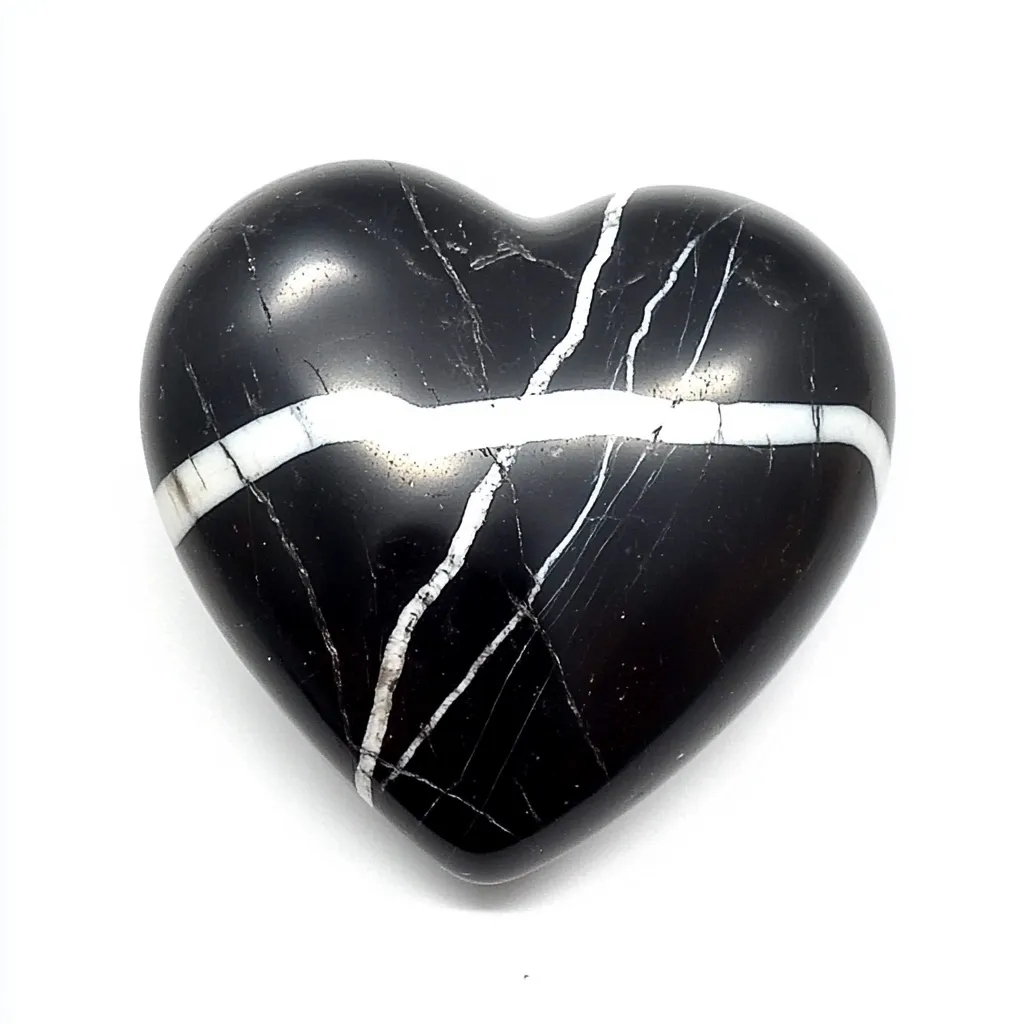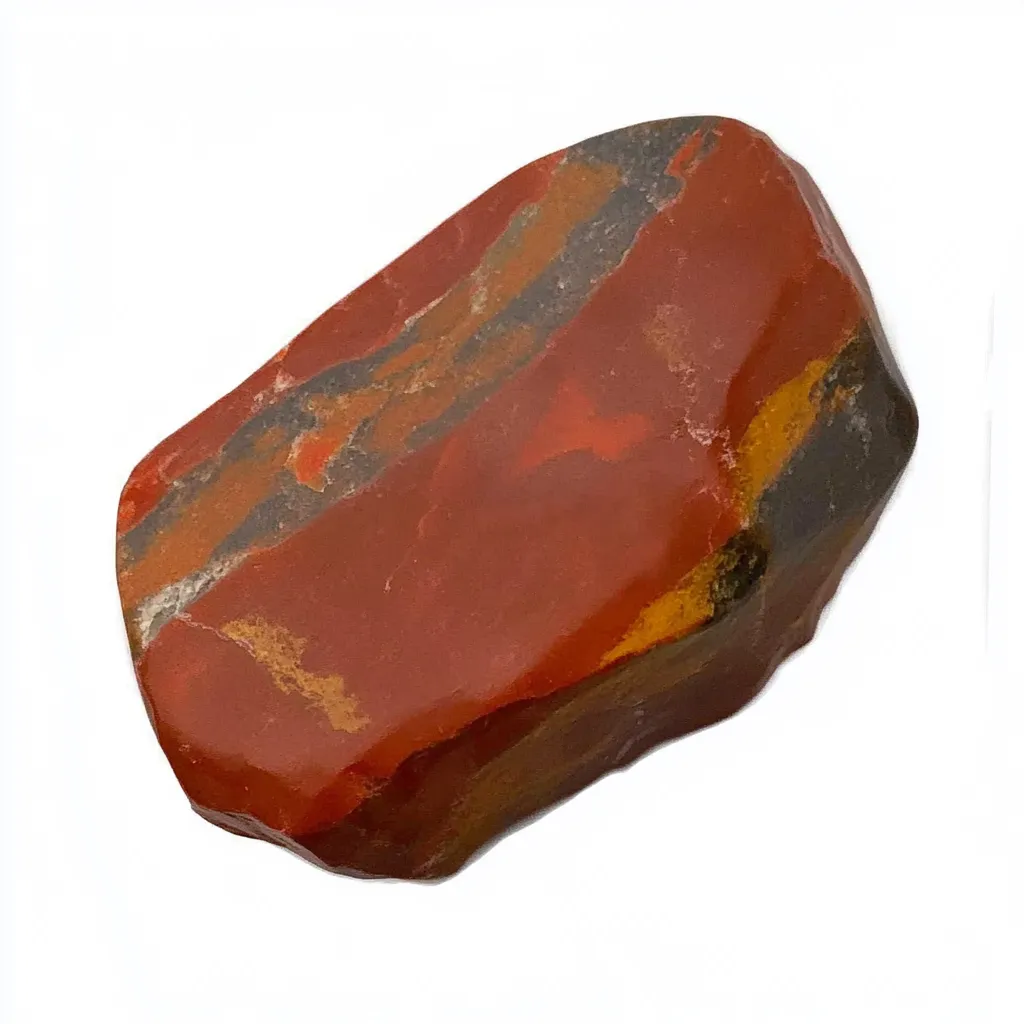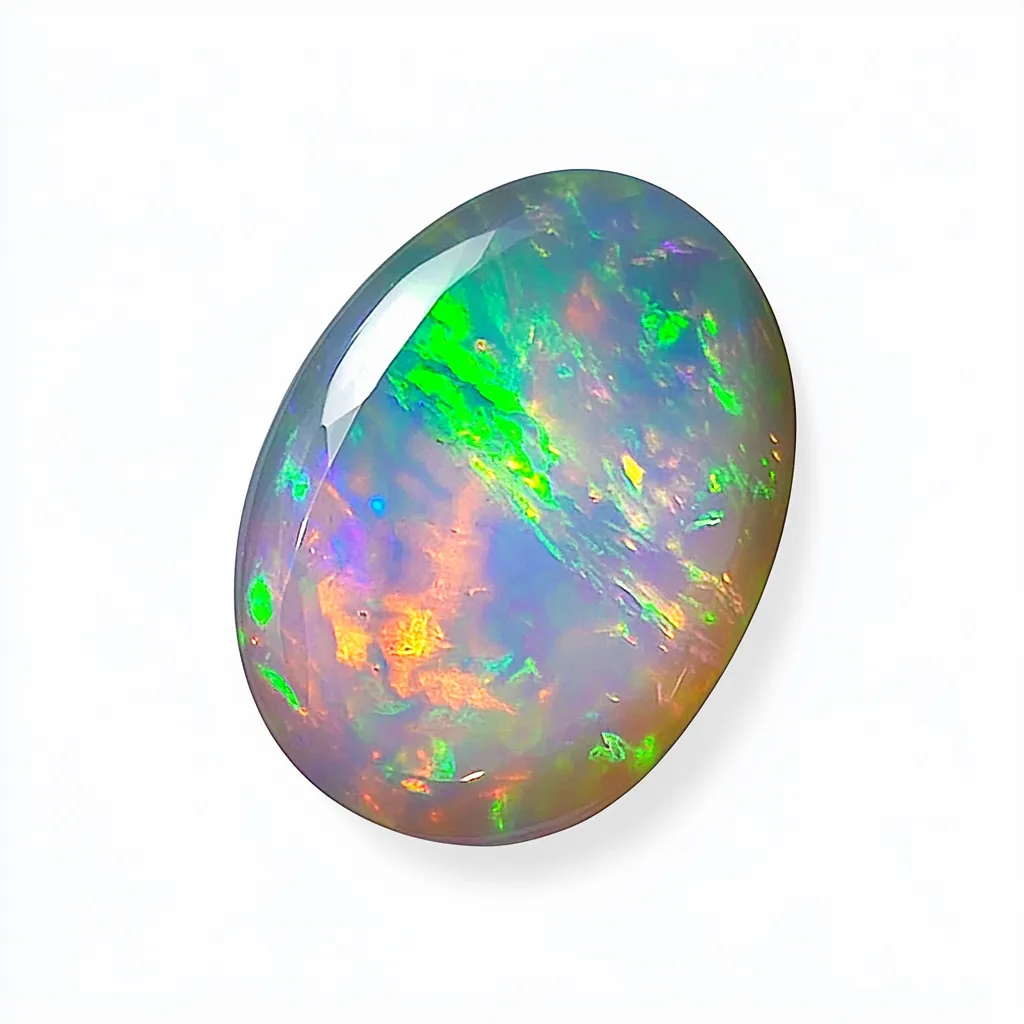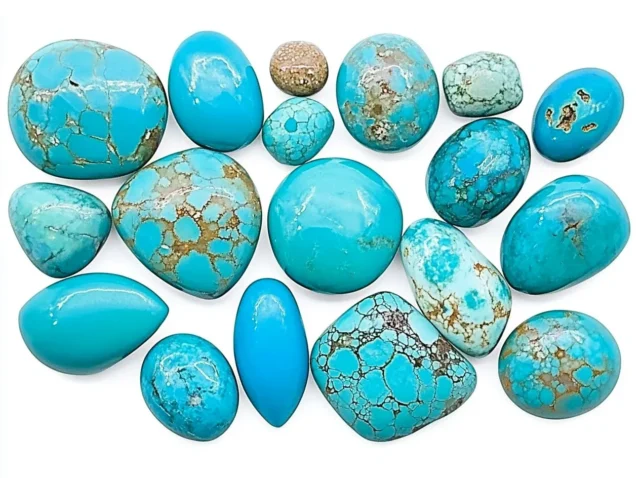

Turquoise Pronunciation:
The correct pronunciation is simply “TUR-koyz.”
Hardness:
Turquoise, renowned for its unique beauty, ranges in hardness from 5 to 6 on the Mohs scale. That makes it far softer than most gemstones—far softer than pink sapphire or even the lowly quartz—and far more likely to scratch and lose its luster if you treat it too roughly. So I say: handle turquoise with extreme care, and keep turquoise jewelry in a separate, safe place when you’re not wearing it.
Even with its softness, turquoise has decorated humanity for thousands of years. Today, ancient Egyptian jewelry that has survived intact speaks not only of the careful craftsmanship of the time but also of the preservation methods that kept those pieces in such excellent condition.
Table: Turquoise vs. Other Gemstones on Mohs Hardness Scale
| Gemstone | Mohs Hardness | Notes |
|---|---|---|
| Turquoise | 5–6 | Softer, needs gentle handling |
| Quartz | 7 | Harder than turquoise |
| Pink Sapphire | 9 | Very hard, less prone to scratching |
| Diamond | 10 | Hardest natural material |
Luster:
The typical luster of turquoise is waxy or dull, offering a soft, earthy glow that is anything but bright and sparkly. It doesn’t have the fierce glitter of a diamond. Its allure lies in its simple beauty, which is far from overpowering. Given this subtlety, it seems to be a perfect candidate for everyday jewelry.
I often notice that collectors place a higher value on the color uniformity and natural patterning of turquoise than on the more traditional measures of gem quality and beauty, like brilliance. To me, the mesmerizing color of turquoise—and the way it does not quite match with any other gemstone—makes the case for turquoise being a true beauty. Its captivating color is what draws us to turquoise, but it also seems to set it apart from gems like diamond, sapphire, and ruby. This seems like an unfortunate loss for turquoise.

Crystal System:
Turquoise is a member of the triclinic crystal system and forms microcrystalline aggregates instead of well-defined crystals. This means turquoise presents distinct faces much less often than, say, quartz or garnet. Instead, turquoise often appears as nodules or veins within its host rock, making it seem as though ribbons of sky-blue are flowing through rocky mountains.
The crystal structure accounts for the fascinating irregularities and captivating patterns found in natural turquoise. These features make each stone a unique work of art.
Table: Crystal Features of Turquoise Compared to Other Gems
| Property | Turquoise | Quartz | Garnet |
|---|---|---|---|
| Crystal System | Triclinic | Hexagonal | Isometric |
| Habit | Microcrystalline aggregates | Well-formed crystals | Well-formed crystals |
| Common Appearance | Veins, nodules | Prismatic crystals | Dodecahedral crystals |
Etymology:
The term “turquoise” has its roots in the French phrase “pierre turquoise,” which translates to “Turkish stone.” This is because the mineral was first introduced to Europe via trade routes from Turkey. However, turquoise never came from Turkey at all but rather from far-off places like Persia (present-day Iran).
Understanding the origin and development of trade routes feels like following old maps of globalization, leading back to an Italian renaissance (with apologies for using an anachronistic term) when stylishness and the beautiful were hand in hand. Ineluctably, trade routes married cultures, and turquoise became a global molecule.

Location:
Turquoise occurs in various global localities, of which prominent sources are Iran, the southwestern United States, China, and Egypt’s Sinai Peninsula. Persian turquoise has been prized for millennia for its unsurpassed quality and deep blue color, setting a high standard against which other turquoise sources are judged.
In my experience, American turquoise from Arizona and Nevada has a distinctively appealing look, frequently dotted with enticing dark webbing known as “matrix.” Collectors worldwide find something special in this diversity of locations.
Meaning & Energy:
The color turquoise stands for:
- Wisdom;
- Tranquility;
- Protection.
For thousands of years, civilizations—from Native Americans to Egyptians—have worn turquoise, considering it to be a powerful protector. They thought it provided much-needed spiritual and emotional balance, especially when they were on the edge of a big life change.
Have you ever experienced the tranquil calmness of a turquoise stone? Many people, including myself, find that turquoise promotes not just communication but also clear and effective emotional expression. Its color is vibrant and dynamic, but turquoise also has a certain stillness—that of cool, calm water. Unlike a mermaid, with her vibrant hair dancing in the sea, this deep aqua color is purely meditative.
Whether you seek a stylish companion or a spiritual accessory on your journey, turquoise can lend you its gentle energy and timeless beauty.
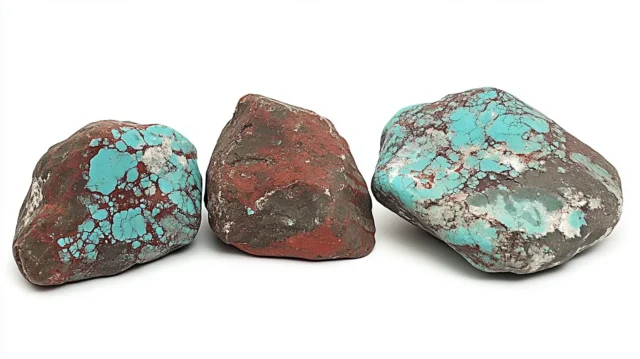
Varieties of Turquoise Stone
While investigating turquoise stone, you will stumble into a delightful array of varieties that reflect a diverse coloration and patterning. American turquoise—most notably from Arizona and Nevada—exhibits a rich array of blues and stunning matrix patterns that make each piece of it uniquely alluring. Persian turquoise, on the other hand, is celebrated for a pure coloration that leans toward a light, sky blue hue. Persian turquoise, due to its reduced matrix visibility, has been highly valued in jewelry-making for almost as long as ancient times.

Common Types of Turquoise by Region
| Type | Origin | Color Characteristics | Matrix Presence |
|---|---|---|---|
| American Turquoise | Arizona, Nevada | Deep to sky blue | Prominent matrix |
| Persian Turquoise | Iran | Light sky blue | Minimal or no matrix |
| Tibetan Turquoise | Tibet | Green shades with black patterning | Strong black matrix |
What is intriguing is that turquoise from Tibet often shows shades of green; when combined with the dramatic black matrix patterning found in many Tibetan pieces, the combination makes for some very earthy, attractive turquoise. Collectors probably love these qualities even more than I do. As a dedicated crystal enthusiast, I emphasize the importance of recognizing and appreciating these factors—these incredibly unique appearances.
Ancient Myths
The ancient civilizations, stretching from the Egyptian realm to North America, held and still hold turquoise in high reverence, steeping it in a myriad of enthralling myths and legends. The Egyptians cherished the stone, venerating it both for its alluring hue and as a potent stone of protection. They embedded turquoise into amulets and other artifacts, believing that it could and would guard their souls against the kinds of negative energy and forces that might seek to enter their bodies and disturb their peace.
Native American tribes regarded turquoise as critical and held it in high esteem; the Navajo and Zuni, particularly, integrated it into almost all aspects of their lives. Both tribes used the cherished stone in extensive ceremonial settings and in family spheres as jewelry, personal adornment, and as a symbol in their rites of passage from one stage of life to another. They displayed creative mastery over it, as modern artists do, but they also imbued it with powerful medicinal and magical qualities.

Physical Turquoise Stone Healing Properties
Turquoise is renowned for its healing properties that support physical health. It has long been regarded as an aid for respiratory-system-related maladies, with practitioners suggesting it may benefit conditions such as asthma, bronchitis, or issues of a related nature. To that end, many will recommend wearing turquoise in the form of a necklace along the throat and chest, close to the center of the respiratory system, for maximally effective inhalation and exhalation.
Physical Benefits of Turquoise
| Benefit Area | Believed Effects | Common Usage Method |
|---|---|---|
| Respiratory System | Eases asthma, bronchitis, supports breathing | Worn near throat/chest |
| Immune Support | Aids detoxification, enhances nutrient absorption | Part of daily routine |
| Energetic Balance | Gentle vibrational healing for overall equilibrium | Meditation, body contact |
Furthermore, the use of turquoise in history has been for detoxification, under the belief that it boosted the immune system and aided in nutrient absorption. I incorporate turquoise into my wellness routine, trusting that its gentle yet powerful vibrations, despite the lack of “scientific” evidence, are assisting in restoring balance to my body.

Emotional Turquoise Stone Healing Properties
Calming and tranquil, the color turquoise in the emotional realm is reputed to gently guide people under stress and anxiety toward peace. Popular in meditation, the hue in any form—be it crystal or otherwise—serves as an excellent tool for promoting emotional balance. People say that turquoise, with its feel-good nature, is equally reassuring and revitalizing.
Moreover, turquoise promotes clear communication and enhances self-expression and honesty. When you’re having tough talks or need to find your way through something to attain clarity, blue-green turquoise can give you that subtle push in the right direction. Crystals affect us on multiple levels, and turquoise is always a reliable ally. Don’t worry if you don’t have access to an actual turquoise stone; use the affirmation above when you want its energy working for you.
Chakra Turquoise Stone Healing Properties
The Throat Chakra, where turquoise primarily resonates, enhances one’s power of articulation regarding the thoughts and feelings that one has. It is rare that articulation is effortless, yet an aligned Throat Chakra allows for unimpeded communication—genuine connections and truthful self-expression on the other side of the mouth, as it were, in terms of the throat.
Still, the heart chakra is also affected, albeit subtly, when it comes to the influence of turquoise. The way the stone of turquoise gets associated with the Heart Chakra is pretty much the same way it is associated with the Throat Chakra: It promotes and instills feelings of empathy, compassion, and emotional healing. At the same time, turquoise fits perfectly into practices and meditations involving the heart chakra. All in all, there are some wonderful and pretty spectacular aspects of turquoise.
Regardless of whether you are enthralled by the aesthetic appeal of turquoise, captivated by its deep historical meaning, or lured by the healing energies associated with the stone, incorporating it into your life can only enhance your spiritual and physical journey.

Questions and Answers
Further Insights on Turquoise
Black Turquoise
Black turquoise, frequently confused with dyed stones, is a kind of turquoise that occurs naturally and comes with dark matrix inclusions.
These black lines, which are sometimes reminiscent of the veins of a leaf, aren’t really “veins” at all. They’re iron or manganese oxides that got mixed into the rock while it was forming, giving black turquoise its stark contrast with the usual blue-green of turquoise. It’s visually arresting, and that’s part of why so many collectors want to own it.
Rough Turquoise
The raw, unpolished state of turquoise is directly from the mine. A piece of raw turquoise feels like an encounter with primal Earth (after all, the stone is thousands of years old). The natural textures and colors of raw turquoise create a unique piece that only the carver can see, even after creating a similar piece. Such is the beauty of working with a natural stone that acts as a canvas for the artist. And turquoise is such a stone.
Turquoise Stone Price
Prices for turquoise stones are very varied and depend on several factors, including quality, origin, color, and treatment. Turquoise from well-known and reputable mines such as Sleeping Beauty or Kingman that is high-grade and untreated can go for prices anywhere between $3 and $10 per carat—or even more! On the other hand, stabilized or dyed turquoise won’t be as expensive. When searching for genuine turquoise, look for stones with consistent color, minimal matrix, and no artificial treatment. And remember: If you’re spending a lot, always ask to see certification.
Turquoise Price Factors Comparison
| Factor | Description | Effect on Price |
|---|---|---|
| Quality | High-grade vs. low-grade | Higher quality = Higher price |
| Origin | Renowned mines like Sleeping Beauty, Kingman | Known origins = Higher value |
| Treatment | Untreated vs. stabilized or dyed | Untreated = More expensive |
| Color & Matrix | Even color, minimal matrix preferred | Better appearance = Higher cost |
Natural Turquoise Rock
A turquoise rock from nature contains turquoise embedded in its host matrix, usually sandstone or limonite. It’s unenhanced and untreated with stabilizers or resins. This is the purest form of turquoise—how it exists in the earth. Collectors and healers appreciate its raw energy and authenticity. While not always fit for a jeweler’s workshop, these rocks hold immense cultural, historical, and metaphysical value.
Turquoise Aura Color Meaning
Emotionally balanced people with turquoise auras radiate a powerful energy likely to resonate with anyone who has been or is currently going through tough times. They communicate this energy through their words and presence. Kind and nurturing, turquoise aura wearers often become healers through various methods and practices. Their use of color therapy suggests an almost exact science that one can follow to attain peace and balance in life, for artists to express through mediums of choice, and for anyone with an aura. That is because color is powerful.
Aura Turquoise
Typically, enhanced turquoise receives a subtle, iridescent finish, a process known as “aura coating.” Metals like titanium or platinum, when vaporized, give the stone a rainbow sheen. While not naturally occurring, these stones are very much alive and they are favored in modern metaphysical circles for their amplified vibrational properties. However, due to their resemblance to natural turquoise, they serve as a cautionary tale in traditional settings.
Types of Turquoise and Features
| Type | Natural or Treated | Distinct Feature | Popular Use |
|---|---|---|---|
| Natural Turquoise | Natural | Blue-green hue, iron/manganese matrix | Collectibles, jewelry |
| Aura Turquoise | Treated | Iridescent finish from metallic coating | Energy work, metaphysical use |
| Dyed Turquoise | Treated | Enhanced artificial colors | Fashion jewelry |
Real Turquoise Stone
Authentic turquoise is soft (5-6 on the Mohs hardness scale), frequently opaque, and varies in hue from light blue (similar to that of a robin’s egg) to greenish-blue (a color that is closest to that of old U.S. highway signs). It is a relatively rare gemstone, which partly accounts for its value (legitimate rough turquoise sells for $25 a pound!). Although some imitations are pretty convincing, certified gemological analyses can help you distinguish the real stuff from bases or other imitations that might otherwise give you pause.
Heart Turquoise
Turquoise pendants that are heart-shaped suggest love, healing, and emotional connection. They hold deep resonance, whether given or self-worn, with the heart chakra. I once gave a heart-shaped turquoise pendant to a friend when I did not know what to say to a person in grief; it became her daily comfort to wear. The shape and color of the stone elevate it beyond a mere accessory, serving as a stylish reminder of an intention.
Mine Turquoise
Different regions produce turquoise with diverse characteristics. For example, the American mines of Royston, Bisbee, and Morenci offer much more variation and dramatic webbing. Persian turquoise, on the other hand, is renowned for its vibrant sky-blue color and absence of matrix. Storytelling is a big part of turquoise’s ancient history, and every mine has one. That adds depth and value to your collection.
Turquoise Hardness Scale
Turquoise occupies the interval from 5 to 6 on the Mohs hardness scale. Thus, it is softer than quartz but harder than talc. This softness means that the material scratches easily and benefits from what can only be called “potty training” (for the context of turquoise as a material in jewelry) of sorts. This refers to the types of treatments that can transform a soft material into something suitable for use in or around chemistry lab jewelry. Store turquoise like you would store a baby gibbon. Avoid using this material near your beakers.

